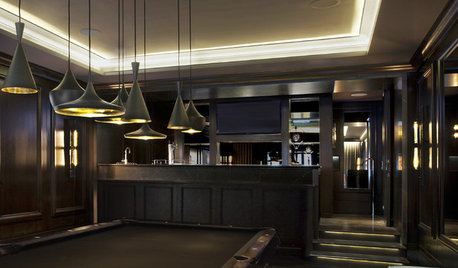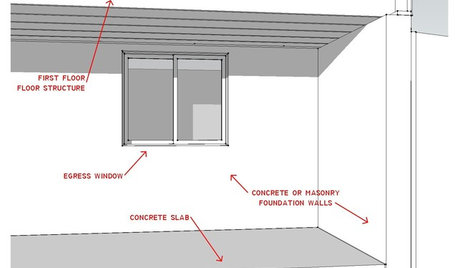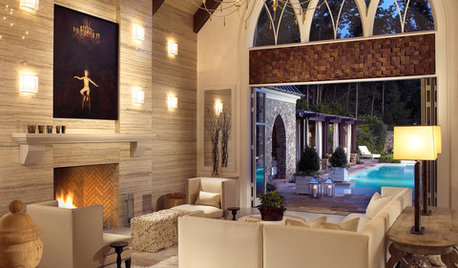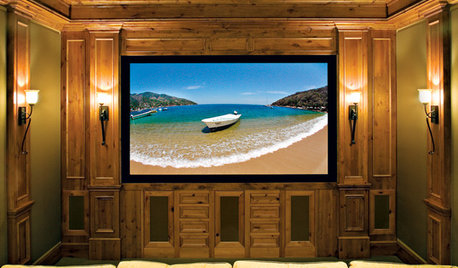Running wire above finished basement ceiling
civ_IV_fan
13 years ago
Featured Answer
Comments (12)
Ron Natalie
13 years agociv_IV_fan
13 years agoRelated Professionals
Arlington General Contractors · Chillicothe General Contractors · Cumberland General Contractors · Olney General Contractors · Pine Hills General Contractors · Shorewood General Contractors · The Hammocks General Contractors · Maple Grove Solar Energy Systems · Montclair Solar Energy Systems · Saratoga Springs Solar Energy Systems · Annapolis Home Automation & Home Media · Castle Rock Home Automation & Home Media · Coral Terrace Home Automation & Home Media · Rosenberg Home Automation & Home Media · Woodlawn Home Automation & Home Mediatalley_sue_nyc
13 years agohexus
13 years agociv_IV_fan
13 years agotalley_sue_nyc
13 years agofixizin
13 years agobrickeyee
13 years agociv_IV_fan
13 years agotexasredhead
13 years agociv_IV_fan
13 years ago
Related Stories

WINE CELLARSFrom Run-down Basement to Bottoms-Up Wine Cellar
See how a dreary storage room and mechanical space became a sophisticated wine cellar and tasting room
Full Story
WORKING WITH PROSYour Guide to a Smooth-Running Construction Project
Find out how to save time, money and your sanity when building new or remodeling
Full Story
REMODELING GUIDESContractor Tips: Finish Your Basement the Right Way
Go underground for the great room your home has been missing. Just make sure you consider these elements of finished basement design
Full Story
ACCESSORIESHow to Hide Those Messy Wires
Untangle Yourself From Ugly Electrical Cords With a Few Tricks and Accessories
Full Story
REMODELING GUIDESKnow Your House: The Steps in Finishing a Basement
Learn what it takes to finish a basement before you consider converting it into a playroom, office, guest room or gym
Full Story
MORE ROOMSHome Tech: Getting Rid of Wires Without Sacrificing Sound
Wireless home technology still isn't perfect, but new products are giving audiophiles choices
Full Story
DIY PROJECTSHide All Those Wires in a DIY Charging Station
Keep your gadgets handy and charged with a flexible storage board you can design yourself
Full Story
LIGHTING10 Ways With Wall Lights That Don’t Need to Be Wired In
Learn how to add illumination to your home without carving into the walls
Full Story
MEDIA ROOMS5 Tips to Turn Your Basement into a Media Room
From wiring to gadgets to decor, a designer tips us off to the secrets for media room success
Full Story
BATHROOM DESIGNA Window Above the Bathroom Sink: Feature or Flaw?
See how clever design solutions let you have your vanity mirror and a great view, too
Full StoryMore Discussions









fixizin